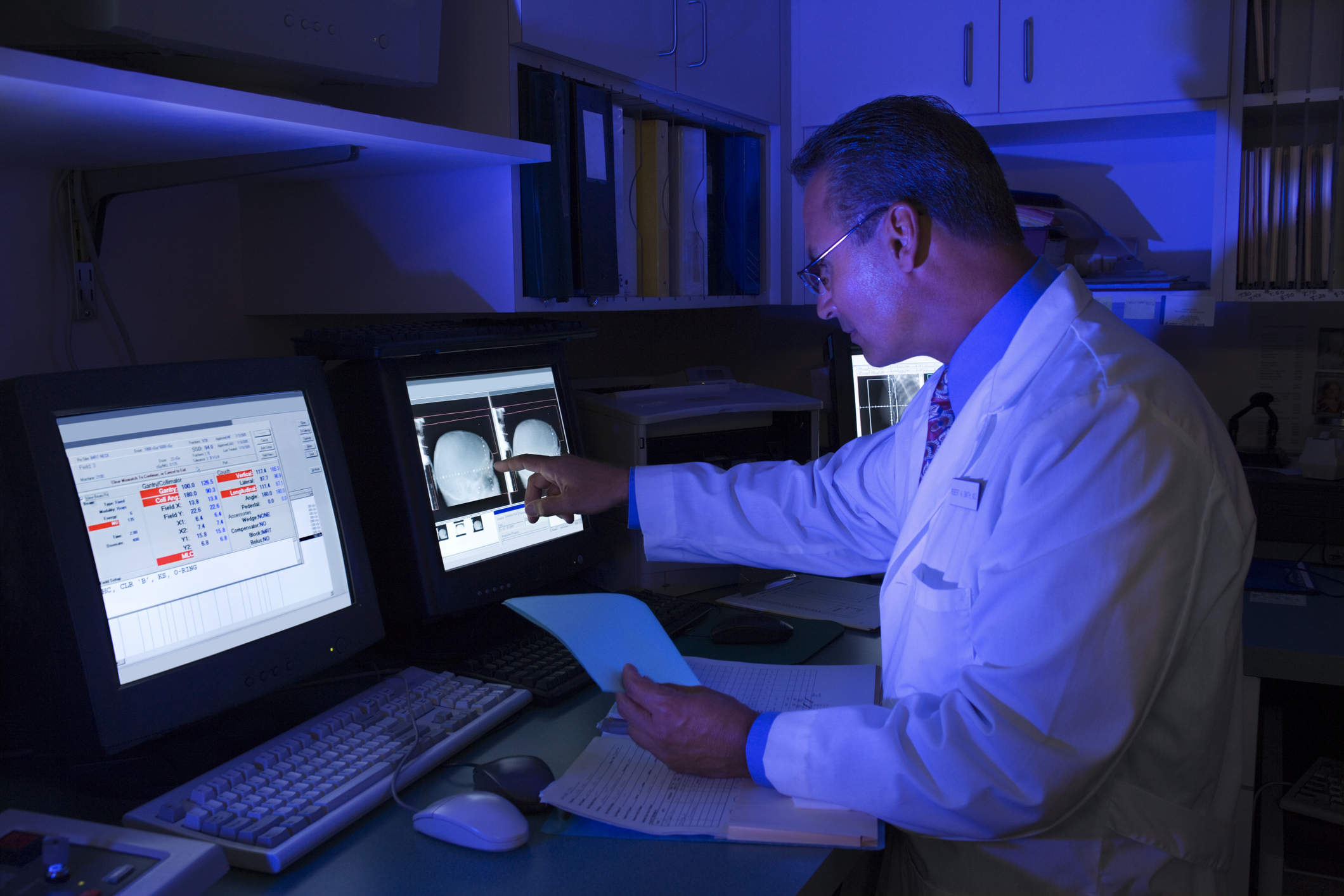What could have possibly forced 60 patients to visit the ED 1,000 times in a single year?
When a customer of ours reported this story to me, I was floored.
Each of the patients visited the ED between sixteen and seventeen times in a single year?
It was true. In fact, the frequency of these patients’ visits became so renowned among the staff, the patients were playfully dubbed “frequent flyers.”
These were Medicare and Medicaid patients who just needed a meal, didn’t have the co-pay for their medications, didn’t have family, and/or didn’t have transportation.
So to get what they needed, they called 9-1-1 and took an ambulance to the ED, costing the system thousands of dollars every single time.
That’s not a healthcare problem. That’s a social problem.
What if each frequent flyer’s care coordinator had been empowered to detect these patterns proactively and facilitate meals and meds before the patient was forced to lean so hard on the system?
With the installation of care-coordination tools, this hospital became empowered. They collaborated with their county’s ambulance contractors and 9-1-1 and used those tools to track all the data available on these specific 60 patients—everything from social to behavioral to clinical data.
So the next time a frequent flyer called, a nurse familiar with their case was immediately alerted, and if the nurse determined that all that was needed was meals or meds, the nurse used mobile logistics to deliver those things to the patient, which cost the system just the tiniest fraction of what an ED visit would normally cost.
But cost savings aside, imagine how this cognitive support freed up everyone normally involved in the processing of these frequent flyers—from ambulance drivers to nurses to physicians to meal preparers—to focus on the business of helping patients who could truly benefit from the skills of those professionals.
Imagine how those patients were no longer being asked to wait for treatment while a physician figured out that all the frequent flyer needed was a three-dollar medication and some soup.
Imagine how the ambulances were now available to rush more genuinely ill people to the hospital because the ambulances weren’t busy rushing stable patients to the pharmacy or lunch.
So the question isn’t, “What could have possibly forced 60 patients to visit the ED 1,000 times in a single year?”, is it?
The question is, “Could this exact thing, and countless things like it, be going on at almost every hospital today, every day, completely unchecked?”
Learn how Scottsdale Health Partners leverages a population health management platform to coordinate care and reduce costs. Read the case study now!



